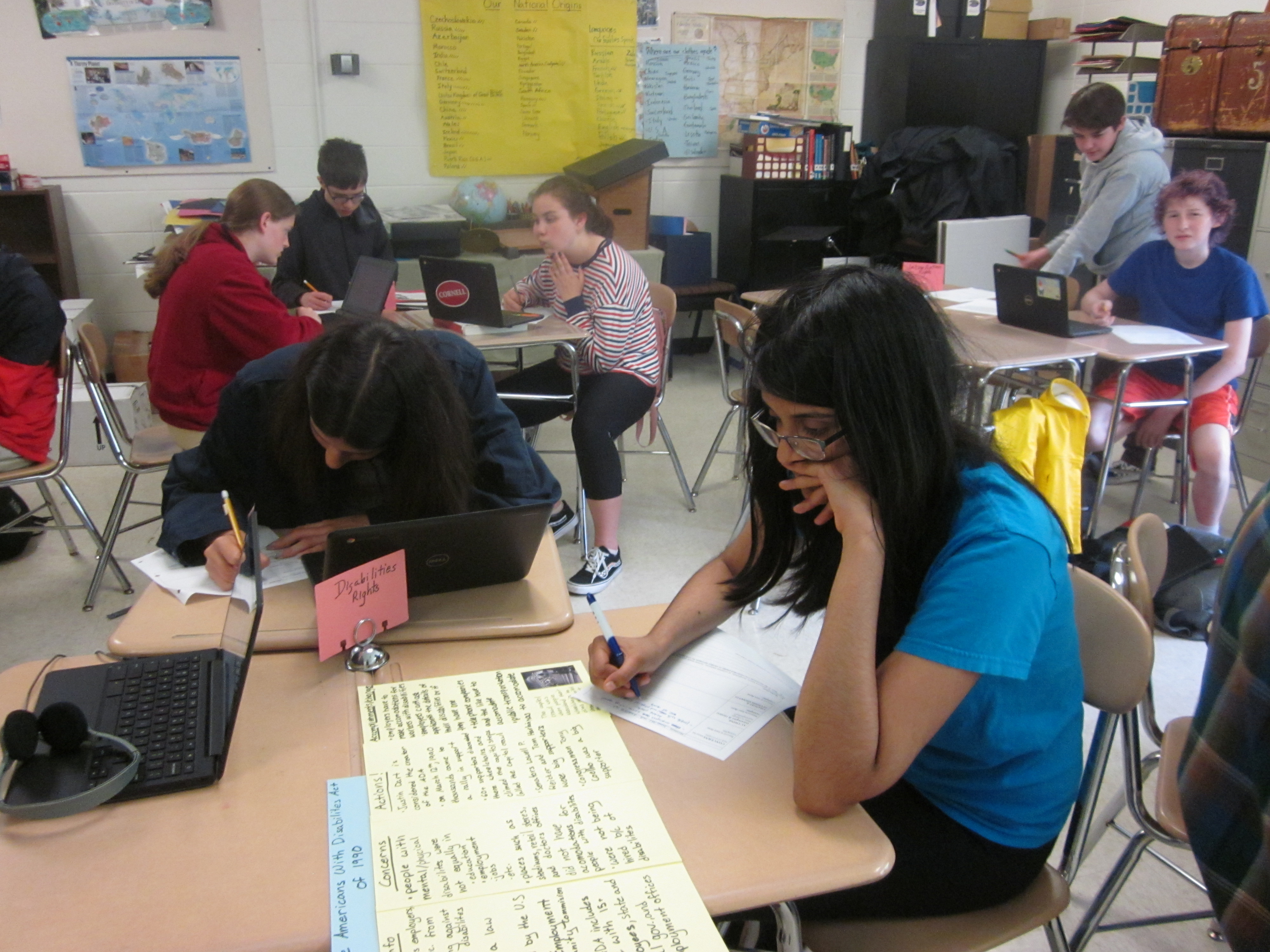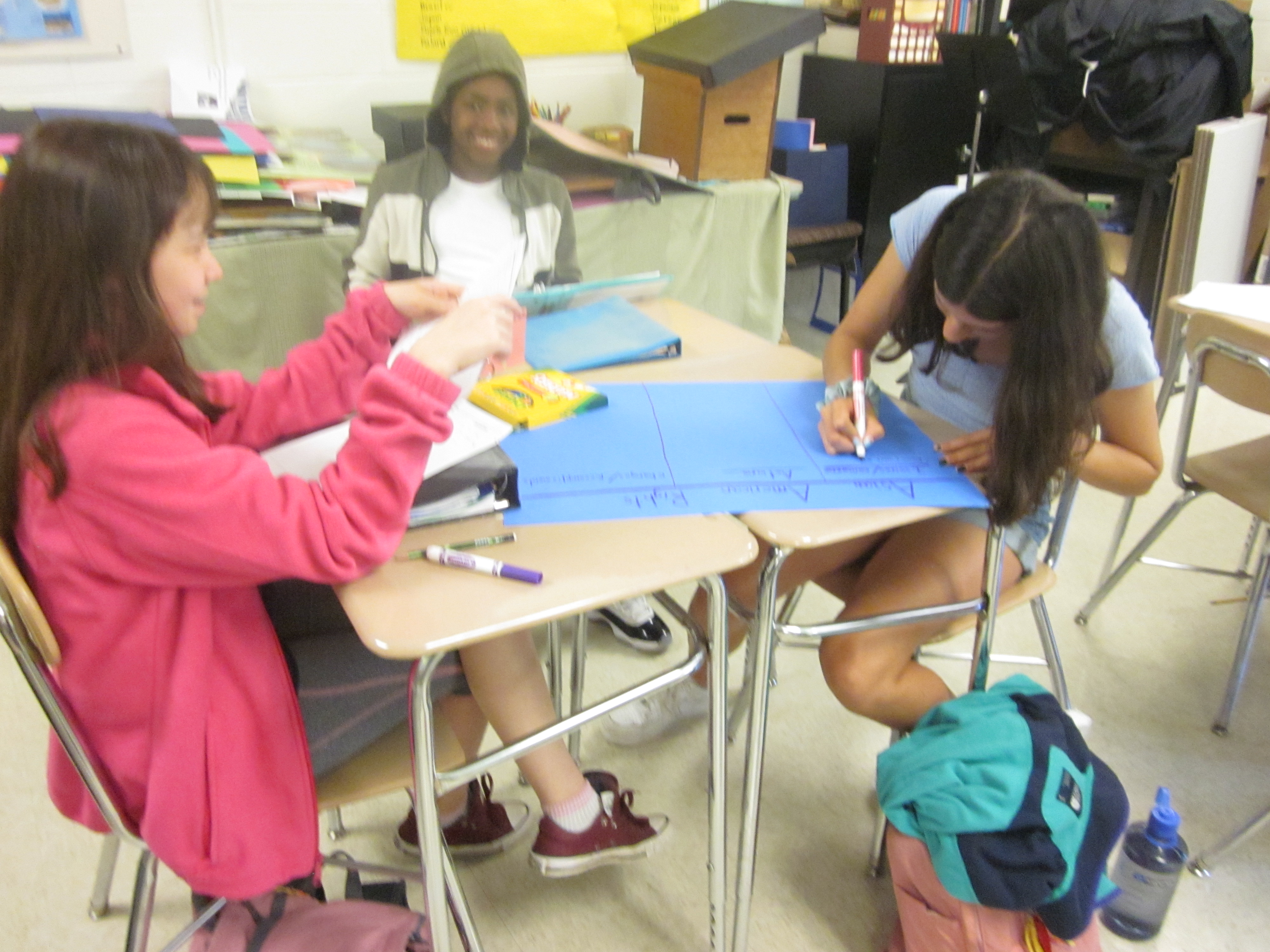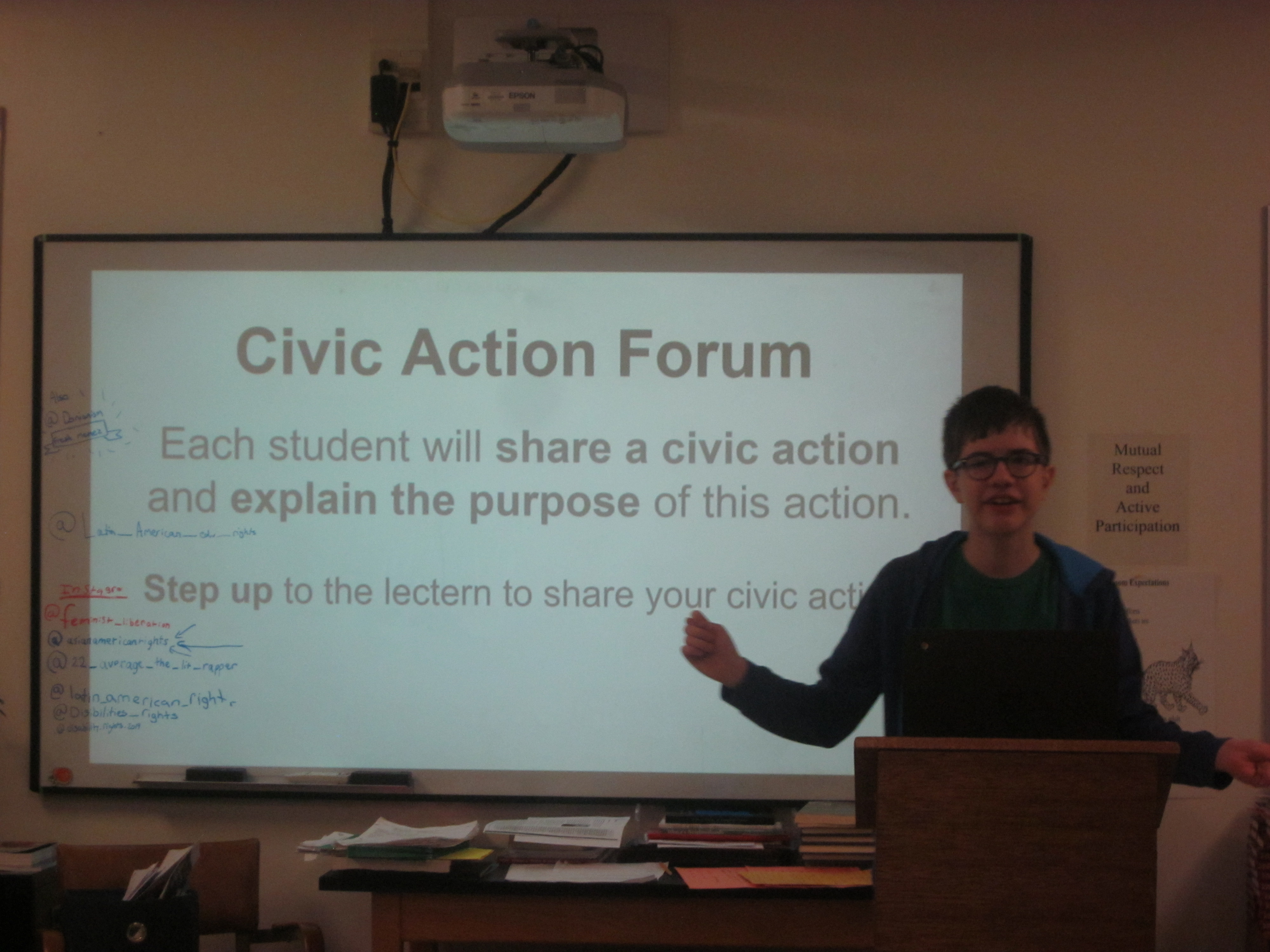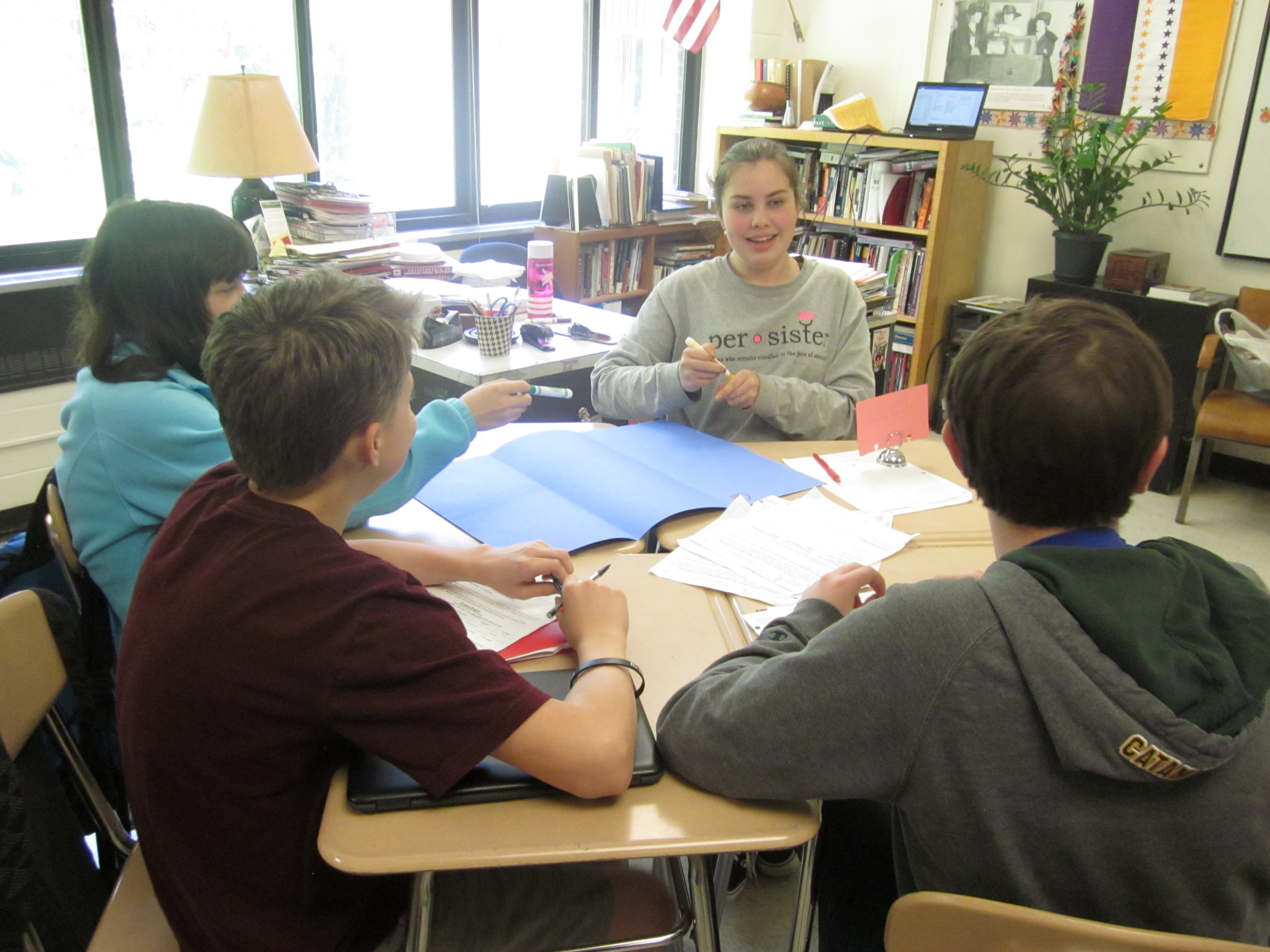Author: Cindy Kramer
School: Boynton Middle School
Grade: Eighth
I can explain how the way groups of people are treated today, and the way they have been treated in the past, shapes their group identity and culture.
I am aware that biased words and behaviors and unjust practices, laws and institutions limit the rights and freedoms of people based on their identity groups.
I know about some of the people, groups and events in social justice history and about the beliefs and ideas that influenced them.
I will speak up or take action when I see unfairness, even if those around me do not, and I will not let others convince me to go along with injustice.

Learning Outcomes/Targets
Students describe the issues, strategies, and changes associated with one topic related to a movement for civil rights.
Students compare and contrast various topics and movements for civil rights.
Students take action to address current injustices experienced by various groups.
Checkpoints/Formative Assessments
Students read and record notes on a minimum of two sources about their topic.
In movement groups, students synthesize the notes on their different topics to identify the main issues, strategies, and changes related to the movement researched by their group.
Students complete a civic action planning sheet.
Instructional Strategies
Students summarize what they learn about a particular topic in a final product.
Students participate in a gallery walk activity to learn from each other’s research on movements for civil rights and to record observations about their similarities and differences.
Students create educational brochures and posters; write letters to legislators; and make proposals to school administrators. Students present their civic actions in a classroom forum.



